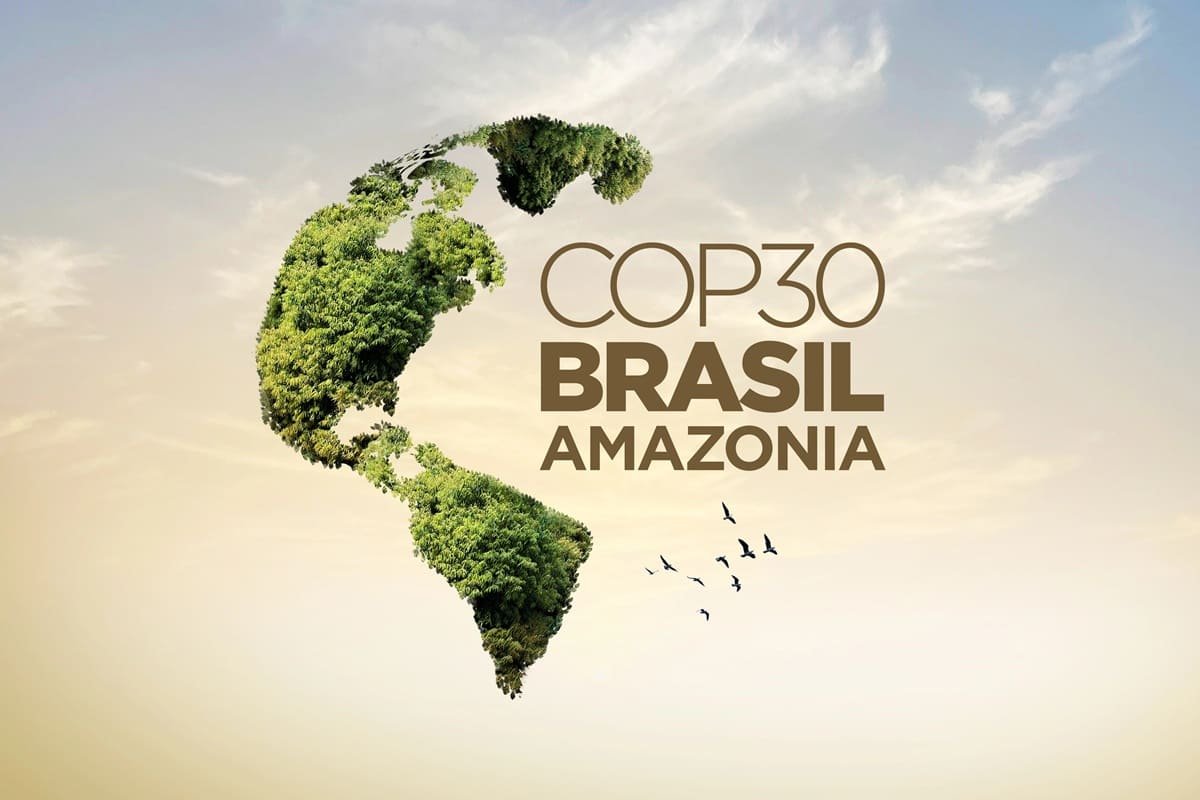As electronic visas (e-Visas) and online travel authorizations (ETA, ESTA, etc.) become more common, online scams are on the rise. Fraudulent websites, misleading sponsored ads, and fake government branding are increasingly fooling travelers. Here’s how to tell the difference between online scams and legitimate travel assistance agencies.
Since the UK began gradually rolling out its Electronic Travel Authorisation (ETA), travelers have become more vulnerable to “fake websites” pretending to be official government platforms.
This issue isn’t new and affects several countries that use similar systems for travel authorizations or electronic visas, including the United States (ESTA), Canada (eTA), Australia (eVisitor, ETA), New Zealand (NZeTA), and various Asian and African countries now using e-Visas.
⚠️ Fake ETA or e-Visa websites mimic official platforms
These fraudulent websites are highly sophisticated. They copy the design and layout of government sites, use domain names that closely resemble official ones, and hide their commercial nature.
Worse yet, many of them pay to appear at the top of Google search results through sponsored ads—making them seem even more legitimate. The “Sponsored” or “Ad” label is often small and easy to miss, so users in a rush might click without thinking twice.
The result: thousands of travelers end up applying for their visas through these sites, believing they’re on the official government website, and risk the following:
- Exposure of personal data (name, passport number, address, etc.).
- Banking information theft, which can lead to unauthorized charges.
- Invalid visa applications, as some of these sites never submit the requests or do so incorrectly.
✅ Legitimate travel visa agencies: value-added but paid
That said, not all third-party visa websites are scams. Some are legitimate travel and visa service agencies offering paid assistance with visa or travel authorization applications.
These agencies:
- Clearly state they are not official government sites, but intermediaries.
- Provide customer support, thoroughly review applications before submission, and explain their services in detail.
- Can be very helpful for travel agencies, businesses, or travelers unfamiliar with the process or who have special circumstances.
While their fees are higher than official government rates, they are transparent about costs—unlike fraudulent sites that use misleading practices.
🌍 Frequently targeted countries
Here are a few destinations commonly affected by this type of fraud:
- United States: The only official ESTA site is https://esta.cbp.dhs.gov, but many other sites claim to offer a “faster” or “official” ESTA at inflated prices.
- Canada: Official eTA applications go through https://www.canada.ca, but many deceptive sites trick users into overpaying.
- Australia: ETA and eVisitor visas are handled at https://immi.homeaffairs.gov.au, though non-transparent third-party sites are common.
- United Kingdom: The new ETA must be applied for through https://www.gov.uk.
- India, Turkey, Kenya, Sri Lanka, Cambodia, and more: As e-Visas become widespread, scams are popping up across the globe.
🛡️ How to spot a fake e-Visa or ETA website
Here are some signs that should raise red flags:
- The URL does not end in an official domain (like .gov, .gouv, .gc.ca, .gov.au, etc.).
- The site does not clearly state that it’s a paid, non-government service (check the footer closely).
- There’s no clear privacy policy or the legal information is vague.
- High fees with no explanation.
- Overuse of official-looking graphics to appear credible.
- The site shows up at the top of Google search results via sponsored ads, often without clearly stating it’s unofficial.
🧳 Traveler tips and best practices
- Always verify URLs using the official websites of embassies, consulates or ministries.
- Don’t rely solely on the first Google results, especially if they’re labeled “Sponsored” or “Ad”.
- Use trusted travel guides, travel agencies, forums, comparison tools, social media, and verified reviews to check a site’s legitimacy.
- When in doubt, go straight to the official government website of the country you’re visiting.
- If you need help, use a well-rated, transparent travel agency that’s upfront about costs and their role.
The rise of e-Visas has made travel easier, but it’s also opened the door to scams. Knowing the difference between “fake websites” and legitimate service providers is essential. With a little extra caution—especially when searching on Google—you can avoid the traps and travel with peace of mind.






